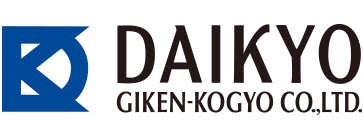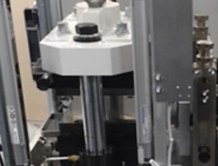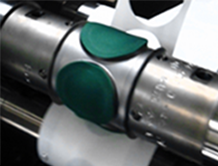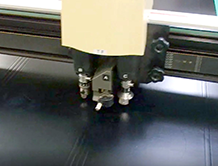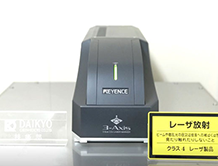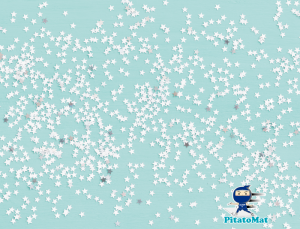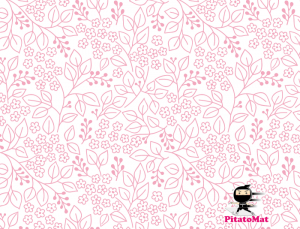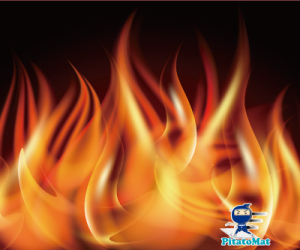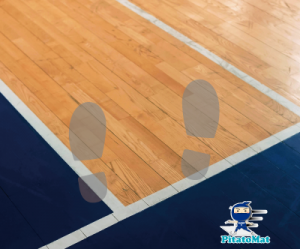If you have trouble with the keywords “adhesion” and “processing”, please feel free to contact us!
Processing
◆ We provide integrated support from adhesive coating to punching, inspection, and OEM production.
◆ Please contact us for projects requiring short delivery times and speedy start-up that are difficult for other companies to handle.
◆ We have extensive experience in everything from prototyping during product development to mass production and OEM production.
◆ We can also handle inspection and assembly only.
◆ We not only accept processing orders, but also propose shapes and delivery specifications.
◆ We also accept OEM product development for your brand.
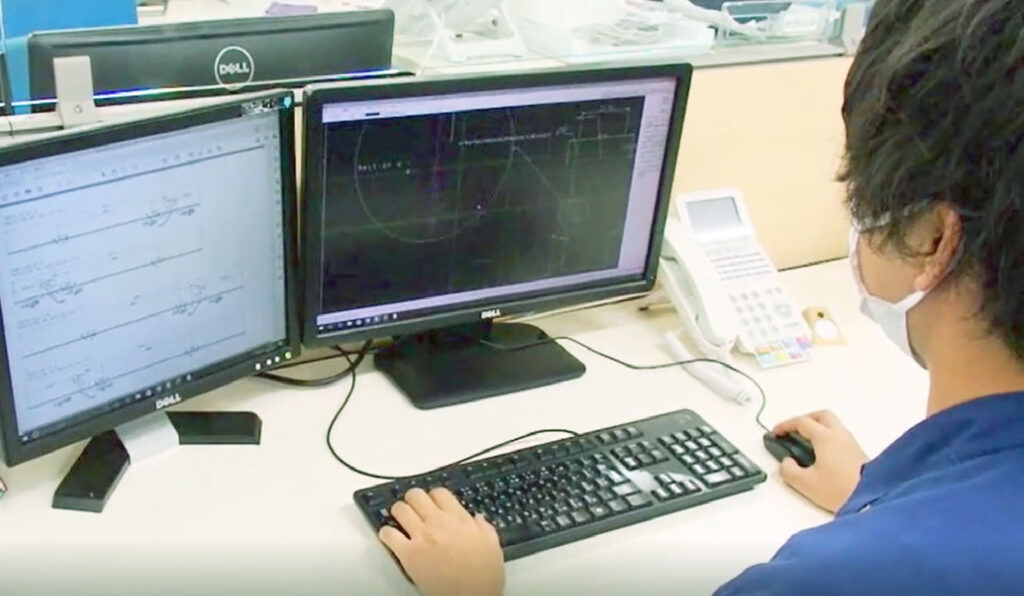
Coating
Coating-1
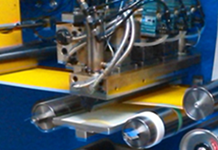 |
Our company carries out some hot-melt adhesive coating in-house. We use curtain spray nozzles or slot coater nozzles for coating based on product requirements. We can also handle a variety of coating pattern changes including intermittent coating and striping. (Separate pattern shims are required.) | 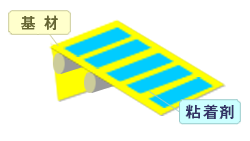 |
Coating-2
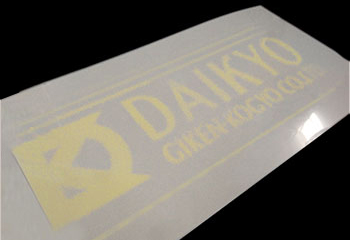 |
We anticipate that requests for partial coating with hot-melt adhesives will become even more complex in the future. Our company is carrying out development of partial coating equipment and has established our own proprietary coating methods in order to enable us to fulfill more detailed and complex customer requests. | 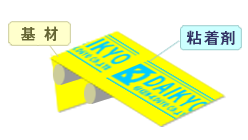 |
Slitting
Push-cut slit
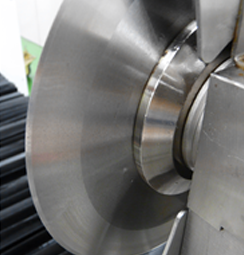 |
This is a slitting method which uses a round blade to cut roll material into round slices. The material is cut by pressing the round blade against the rotating material, which causes the round blade to also rotate and cut (slit) the material. Our company can utilize our unique and proprietary knowhow to carry out cutting of tapes from a variety of manufacturers based on a variety of different conditions including material characteristics, winding conditions, and more. This is a processing method with significant cost benefits. ▨1mm width narrow slit possible ▨Can accommodate slits with a diameter of 500mm |
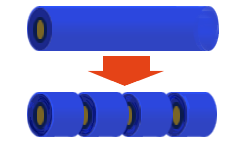 |
Rewind slitting
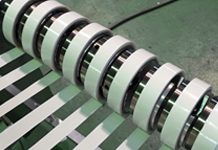 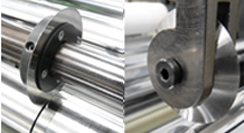 |
Rewind slitting is a processing method which allows for a wide range of materials to be cut (slit) to a designated width while being wound. We are able to not only achieve width dimension tolerances but also maintain desired edge finish conditions by using different blades; shearing, scoring, or laser; depending on the materials being cut. ▨material width:Available up to 1200mm ▨Product minimum width:Proven track record up to 0.5mm width |
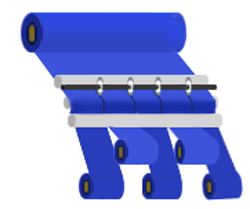 |
Dry edge
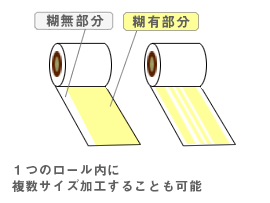 |
This is a processing method that creates areas without adhesive tape by partially removing the adhesive. After pasting it on the adherend, it is possible to remove it by pinching the tab (the part without adhesive), which is a proposed shape that has been adopted in many industries. ▨Can be made in roll or sheet form |
back slit
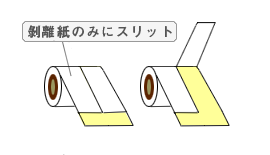 |
Only the release paper can be separated. It is easier to attach to adherends and is also used for purposes such as positioning. In order to make it easier to remove, it is also possible to overlap the release paper. |
Laminating
Laminating
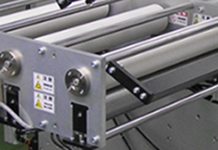 |
Laminating is a process where two or more sheets of materials are bonded together. How materials are laminated has an impact on their usability and punching dimensions afterward. Our company regards laminated materials as an important component of tape processing, and uses equipment which we have designed in-house to combine materials with different characteristics under strict quality standards. |  |
Sheet cutting
Sheet cutting
| This is a cutting process where rolls of material are cut into sheets. We can cut not only double-sided tapes, but also films, backing paper, and other items to customer’s desired sizes. We can also cut laminated products consisting of different materials bonded together, as well as other products that have undergone separate processing by our company. ▨最大500mm巾まで対応可能 |
Punching
Punching
|
|
|
|
| Punching of adhesive tapes and other materials into shapes desired by customers is our company’s specialty. We strive every day to further improve customer product quality, in collaboration with die and equipment manufacturers where applicable, based on the punching knowhow and analysis of accumulated data that only our company can offer with our proven track record of successful fulfillment of orders for processed products for a wide range of industries. We can also accommodate short turn-around times for prototypes, etc. through use of cutting machines, laser machines, and more. ▨Machinery owned: Press machine (continuous/single wafer), rotary machine, cutting machine, laser machine ▨Usage type: Thomson (BIKU) type, Pinnacle Die®, die-cut roll, etc. |
|||
■ Molds handled by our company
●Thomson (Victoria (vic)) dies
These are blades consisting of steel (mainly S50C) processed to a blade height of 23.6 mm (half-cut 23.5 mm, etc.) which are then bent into shape, etc. and inserted into laser cut veneer or acrylic plates.
In western Japan these are generally called “Thomson dies” while in eastern Japan they are called “Vic dies” (short for “Victoria dies”) .
Our company does not make dies in-house, but instead collaborates with numerous specialist cutting die manufacturers to produce cutting dies.
We select specialist manufacturers based on manufacturer characteristics which best satisfy customer needs.
●Sticker die
Compared to Thomson (Vic) blades, this die has a lower blade height of 12 mm, etc., and is more geared towards products requiring greater dimensional precision. As with Thomson (Vic) dies, there are a wide variety of blade types which can be selected and used according to materials or other specifications.
●Pinnacle dies®
This is a brand of products by Tsukatani Hamono Mfg. Co., Ltd. Similar products by other companies are normally called by various names including “corrosion dies” and “etching dies”.
Pinnacle dies® and other etching dies have extremely good dimensional precision, and also very little dimension variation over time, so they are mainly used in press processing and rotary processing for thin materials which require high dimensional precision.
●Engraving dies
These are dies which are made by first machining die steel and other materials and then hand finishing. These dies are suited to products which require dimensional precision and sharpness, and at our company we often use engraving dies for rotary processing called “die-cut rolling” in particular.
●Press dies (male-female dies)
These dies use a punch (male) and die (female) mechanism to punch materials.
These are mainly used for mass production, however there are also presently relatively inexpensive dies available for prototyping, and uses include punching of fine holes with diameters of less than 1 mm and other fine work.
●Combination dies
This is a blade die which combines multiple types of dies, such as Thomson (Vic) and engraving dies, or Pinnacle dies® and press dies.
These dies are more expensive, but can provide better punching performance by taking advantage of the characteristics of each type used, and we have used these to solve numerous customer QDC (Quality, Delivery, Cost) issues.
●Other
Cutting die manufacturers are constantly making new technical innovations, such as top and bottom trimming dies, etc. Going forward, we will continue to collaborate with cutting die manufacturers to develop new technologies for punching of adhesives and other materials.
Inspection
Inspection
| In our company’s inspection processes, which set inspection environments and inspections items which are suited to customer needs, and incorporate our proprietary inspection certification system and inspection methods to enable shipping of high quality products to a wide range of industries including agricultural, architecture, construction, automotive related, electronics, and more. ■Inspection environment:Clean room (class 1000/5000),General ■Inspection method:Visual inspection, inspection equipment | |
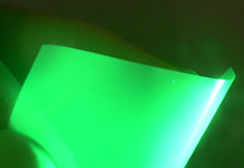 |
We utilize our in-house developed Green Light Inspection Unit (GLIU) to reliably detect any fibers, foreign matter, or other substances on surfaces. Using this system we can handle requests for detection of foreign matter of 0.05 mm2 or smaller. |
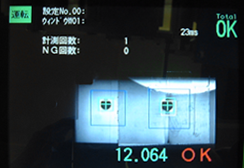 |
We use in-line dimension inspection devices to carry out total inspections of important dimension locations according to customer requirements. |
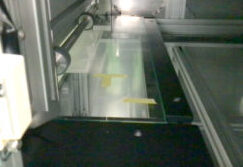 |
We possess imaging inspection equipment equipped with foreign matter removal devices. This allows us to satisfy requests for removal of foreign matter from sheet products, etc. ◆Cleaner specifications ・Dry cleaner (non-contact type) ・Can remove 100% of 1.6μm dust ・Inside the clean room (class 1000) |
